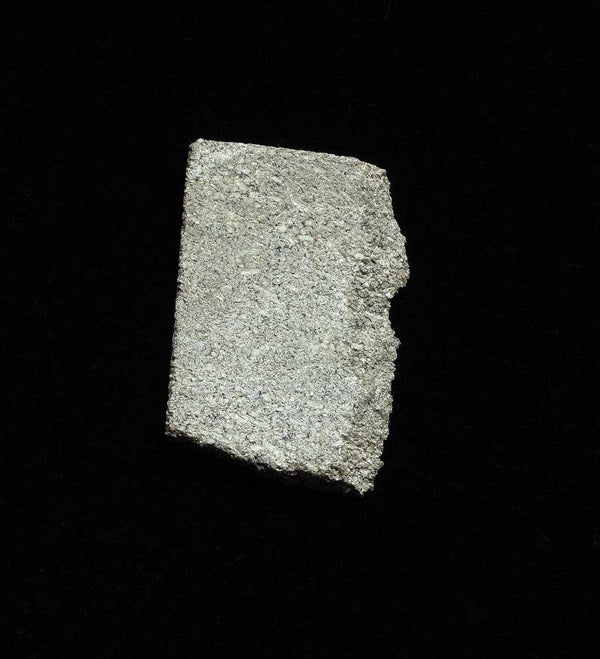Scientists have used a number of lines of evidence to determine that 114 meteorites found on Earth originated from Mars. Collectively, the martian meteorites are often referred to as the SNC meteorites; the letters stand for Shergotty, Nakhla, and Chassigny, three of the primary types of Mars meteorites (named after fall locations). These objects are all relatively young “igneous” rocks, which means they must have come from a planetary body large enough to form different layers and to produce melted rocks or lava (like Earth). This characteristic rules out most of the asteroids in the asteroid belt as a place of origin. (The belt, which is between Mars and Jupiter, is the source of most meteorites found on Earth.)
Furthermore, the chemical composition of the 114 meteorites is similar to rocks on Mars’ surface, as determined by several martian landers and rovers. The meteorites’ oxygen isotope composition is also clearly different and distinct from that of Earth.
Finally, and perhaps most compellingly, the composition of gases trapped in the minerals that make up the meteorites matches the composition of Mars’ atmosphere (as determined by the Viking landers and other spacecraft that have studied the Red Planet). Thus, scientists conclude that impacts to the martian surface blasted these rocks off Mars, and they later landed on Earth.
Furthermore, the chemical composition of the 114 meteorites is similar to rocks on Mars’ surface, as determined by several martian landers and rovers. The meteorites’ oxygen isotope composition is also clearly different and distinct from that of Earth.
Finally, and perhaps most compellingly, the composition of gases trapped in the minerals that make up the meteorites matches the composition of Mars’ atmosphere (as determined by the Viking landers and other spacecraft that have studied the Red Planet). Thus, scientists conclude that impacts to the martian surface blasted these rocks off Mars, and they later landed on Earth.
Mitch Schulte
NASA Headquarters,
Washington, D. C.
NASA Headquarters,
Washington, D. C.










